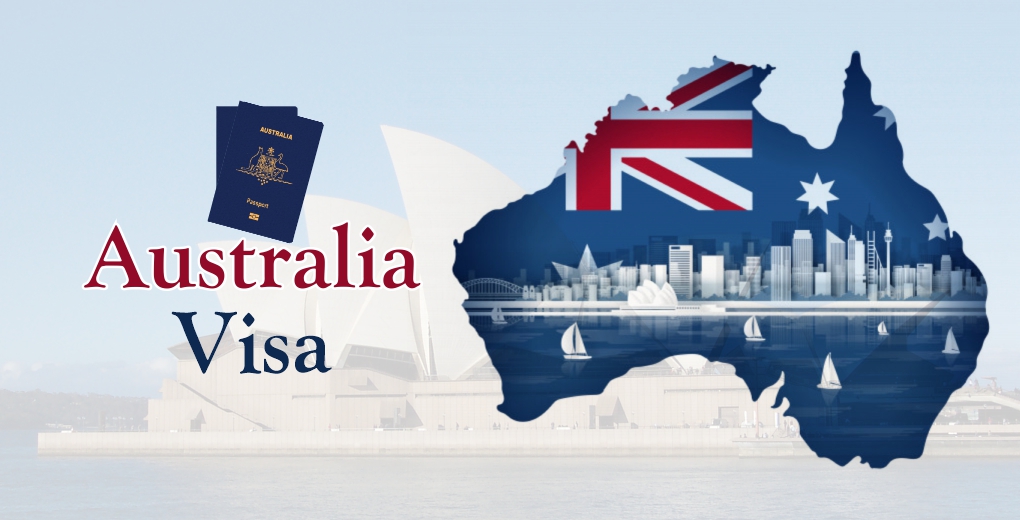Australia, with its stunning landscapes, diverse wildlife, and vibrant cities, attracts millions of visitors each year. Whether you’re planning a holiday, pursuing higher education, seeking employment opportunities, or looking to reunite with family, understanding the visa requirements and options available is crucial. In this comprehensive guide, we’ll explore the various types of visas for Australia and provide essential information to help you navigate the application process smoothly.
1. Australia Visitor Visa:
- Australia Visitor (Tourist) Visa (Subclass 600): This visa allows individuals to visit Australia for tourism, visiting family and friends, or other short-term non-work purposes.
- Australia Electronic Travel Authority (ETA) (Subclass 601): ETA is available to passport holders from eligible countries and allows for short-term visits for tourism or business purposes.
- Australia eVisitor (Subclass 651): Similar to ETA, eVisitor is available to passport holders from certain countries and allows for tourism or business visits for up to three months.
2. Australia Student Visa:
- Australia Student Visa (Subclass 500): For individuals seeking to study full-time in Australia at an accredited educational institution.
3. Australia Work Visa:
- Australia Temporary Skill Shortage Visa (Subclass 482): Formerly known as the 457 visa, this allows skilled workers to come to Australia and work for an approved employer for up to four years.
- Australia Skilled Independent Visa (Subclass 189): For skilled workers who are not sponsored by an employer, a state, or a family member. This visa allows permanent residence.
- Australia Employer Nomination Scheme (Subclass 186): This visa allows skilled workers nominated by their employer to live and work in Australia permanently.
4. Australia Family Visa:
- Australia Partner Visa (Subclasses 820 and 801): For individuals who are married to, or in a de facto relationship with, an Australian citizen, permanent resident, or eligible New Zealand citizen.
- Australia Parent Visa (Subclasses 103, 804, 143, 173): For parents of Australian citizens, permanent residents, or eligible New Zealand citizens.
5. Other Visas:
- Australia Business Innovation and Investment Visa (Subclasses 188 and 888): For individuals with business skills who want to establish, develop, or manage a new or existing business in Australia.
- Australia Refugee and Humanitarian Visas: For individuals seeking asylum or resettlement in Australia due to persecution or humanitarian concerns.
Application Process:
– Determine the type of visa that best suits your purpose and eligibility.
– Prepare all required documentation, such as identification, proof of finances, health assessments, and character documents.
– Lodge your application online through the Department of Home Affairs website or through a registered migration agent.
– Pay the relevant application fees and await a decision on your visa application.
– If granted, adhere to the visa conditions and comply with Australian laws during your stay.
Conclusion:
Navigating the Australian visa system may seem daunting, but with the right information and preparation, you can successfully obtain the visa that aligns with your intentions for visiting or residing in Australia. Whether you’re a tourist, student, skilled worker, or family member, Australia offers a range of visa options to accommodate various circumstances and aspirations. By understanding the requirements and following the application process diligently, you can embark on your journey to experience all that Australia has to offer.
Read more: ( Pathway to Australia Permanent Residence for Engineers )
